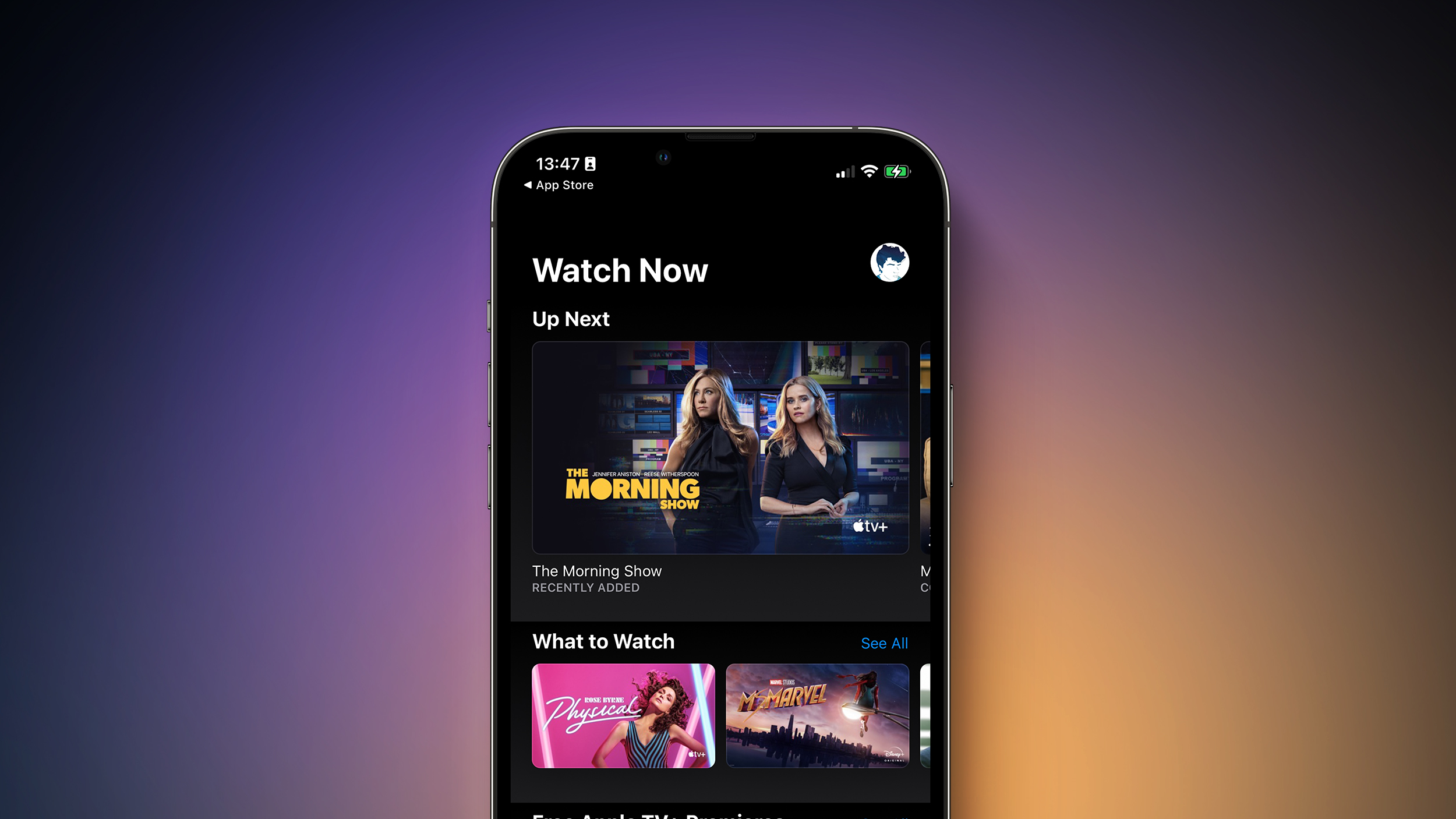
Following the WWDC 2022 keynote event on Monday, Apple published iOS 16, iPadOS 16, and macOS Ventura Preview pages outlining all of the new features. All three sites listed "HDR10+" support for the Apple TV app as an upcoming feature, but now that mention has been removed.

Apple this morning updated the iOS 16, iPadOS 16, and macOS Ventura "All New Features" pages to scrub any mention of HDR10+ support for the Apple TV app. Here's what it said:
The removal of the HDR10+ mention from all three sites suggests that the feature is not coming to any version of the TV app after all. There is a chance that Apple could re-add this as a feature in the future, but for now, it looks like those who were anticipating the HDR10+ support feature will not be getting it in iOS 16, iPadOS 16, and macOS Ventura.HDR10+ support
The latest generation of high dynamic range technology is now supported in the Apple TV app.
Article Link: HDR10+ Support Not Coming to Apple TV App in iOS 16 and macOS Ventura After All?


